E-commerce Growth
The rise of e-commerce is a pivotal driver for the Textile Market, as online shopping continues to gain popularity among consumers. The convenience of purchasing textiles online, coupled with the ability to access a wider range of products, has transformed consumer behavior. According to recent data, online sales in the textile sector are projected to grow significantly, with a notable increase in direct-to-consumer models. This shift is prompting traditional retailers to enhance their online presence and invest in digital marketing strategies. As a result, the Textile Market is likely to experience a paradigm shift, with e-commerce becoming a dominant channel for sales.
Global Trade Dynamics
The Textile Market is significantly impacted by global trade dynamics, as tariffs, trade agreements, and geopolitical tensions shape the landscape. Changes in trade policies can affect sourcing strategies and production costs, influencing market competitiveness. For instance, recent shifts in trade agreements have prompted manufacturers to explore alternative sourcing locations, impacting supply chains. Additionally, fluctuations in currency exchange rates can affect pricing strategies and profit margins. As the industry navigates these complexities, companies are likely to adopt more agile strategies to mitigate risks and capitalize on emerging opportunities in the Textile Market.
Sustainability Initiatives
The Textile Market is increasingly influenced by sustainability initiatives, as consumers and manufacturers alike prioritize eco-friendly practices. This shift is evident in the rising demand for organic and recycled materials, which are projected to account for a significant portion of the market by 2026. Companies are investing in sustainable production methods, reducing waste, and adopting circular economy principles. The emphasis on sustainability not only addresses environmental concerns but also enhances brand loyalty among consumers who are more inclined to support brands that demonstrate social responsibility. As a result, the Textile Market is likely to witness a transformation in supply chains, with a focus on transparency and ethical sourcing.
Technological Advancements
Technological advancements are reshaping the Textile Market, with innovations in manufacturing processes and materials. The integration of automation and artificial intelligence is streamlining production, enhancing efficiency, and reducing costs. For instance, smart textiles that incorporate sensors and connectivity are gaining traction, catering to the growing demand for functional apparel. Additionally, advancements in digital printing technology allow for customization and reduced lead times, appealing to consumers seeking unique products. The market is expected to see a surge in investment in research and development, as companies strive to stay competitive in an evolving landscape.
Consumer Preferences for Comfort and Versatility
Consumer preferences are evolving, with a growing emphasis on comfort and versatility in the Textile Market. The demand for athleisure and casual wear has surged, reflecting a shift towards more relaxed and functional clothing. This trend is supported by data indicating that sales of activewear have outpaced traditional apparel categories. Manufacturers are responding by developing fabrics that offer stretch, breathability, and moisture-wicking properties, catering to the needs of modern consumers. As lifestyle changes continue to influence purchasing decisions, the Textile Market is likely to adapt by prioritizing comfort-driven designs and innovative fabric technologies.


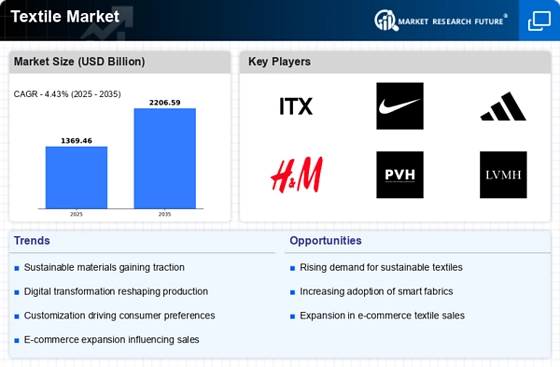
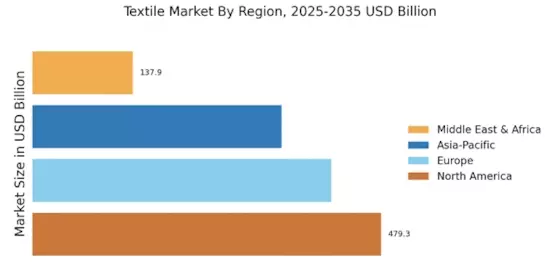
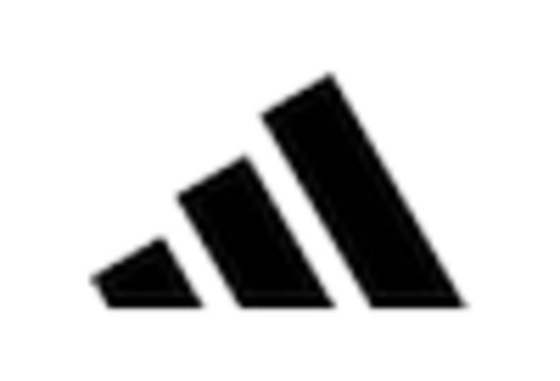
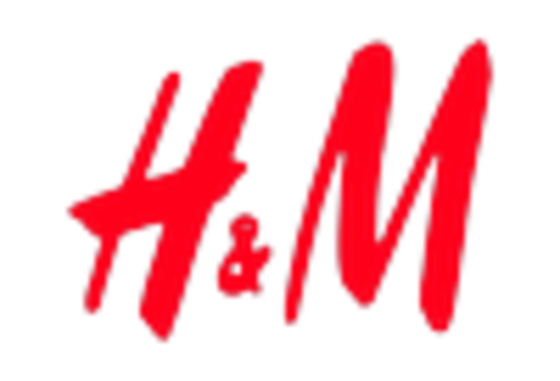
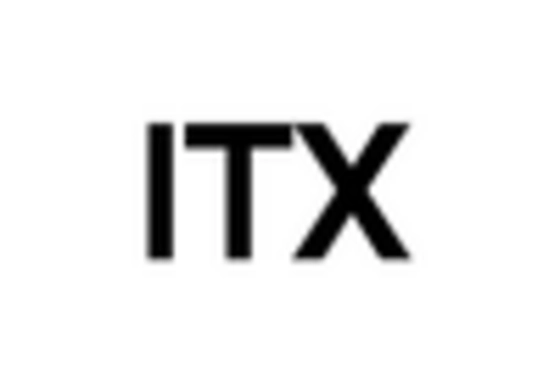
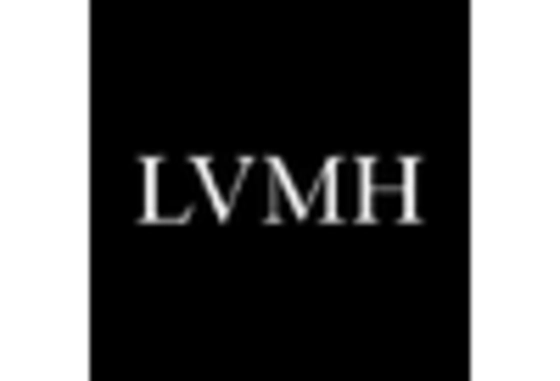
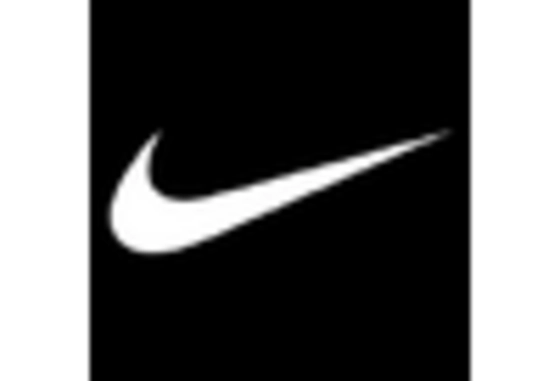









Leave a Comment